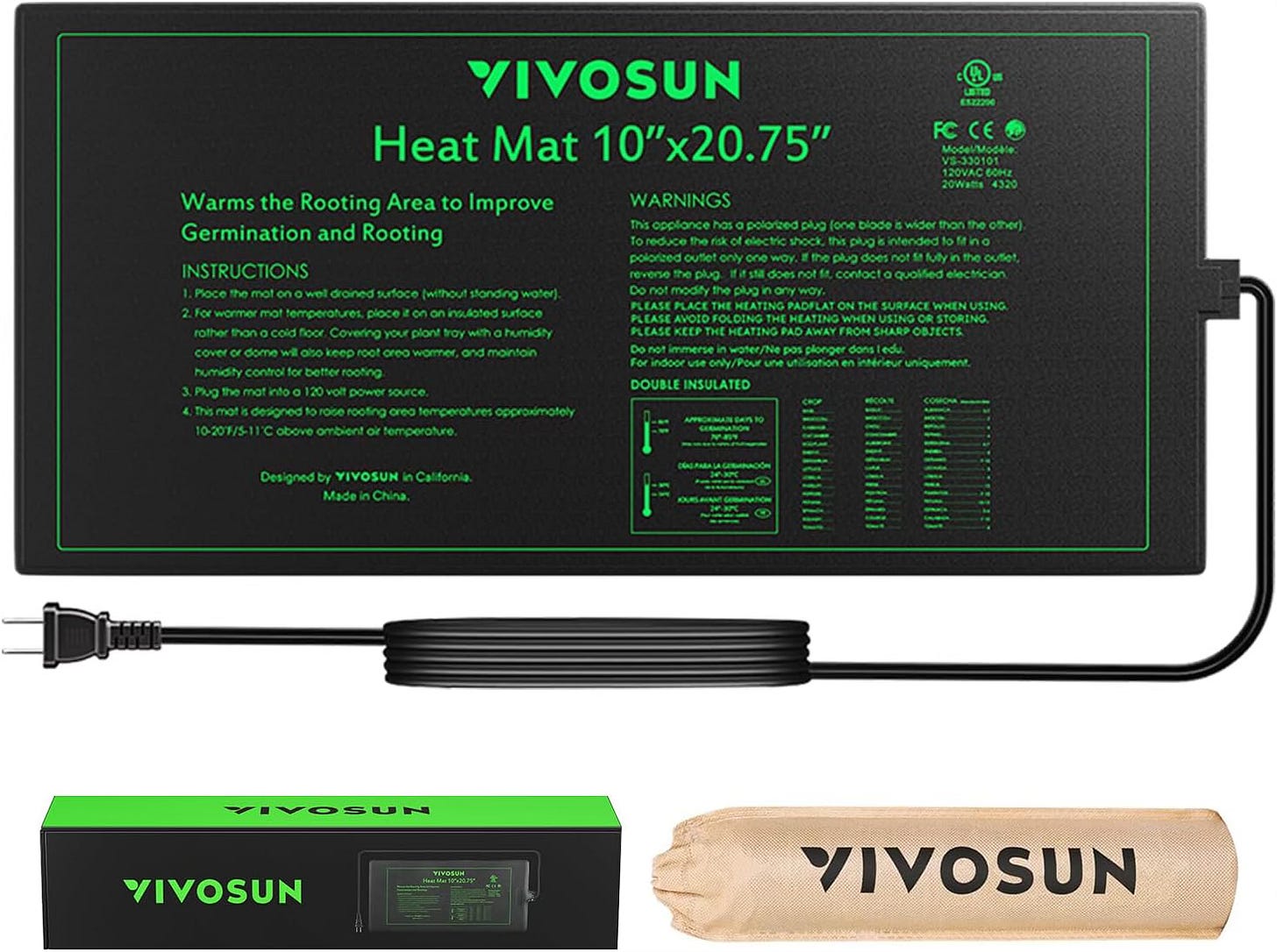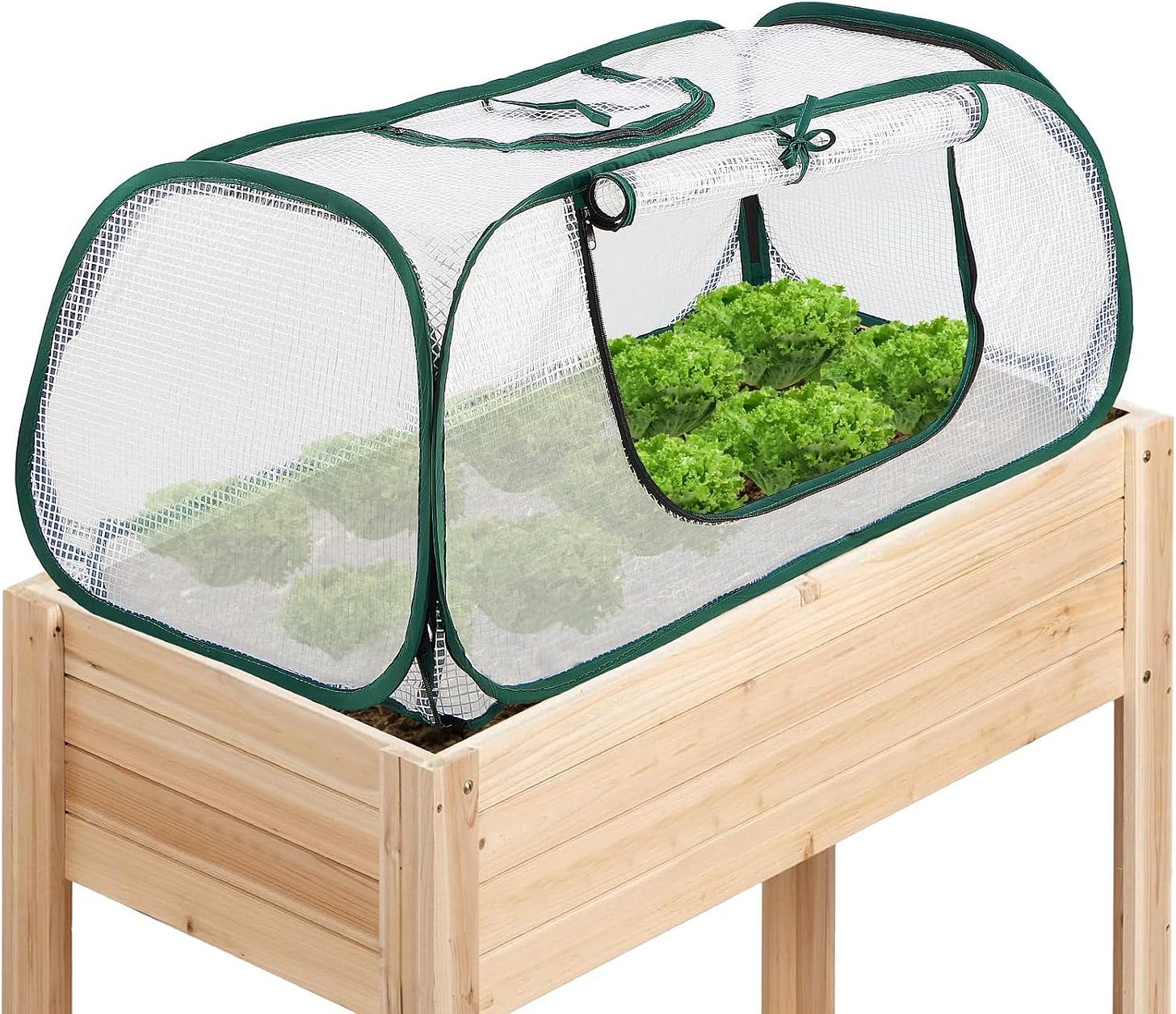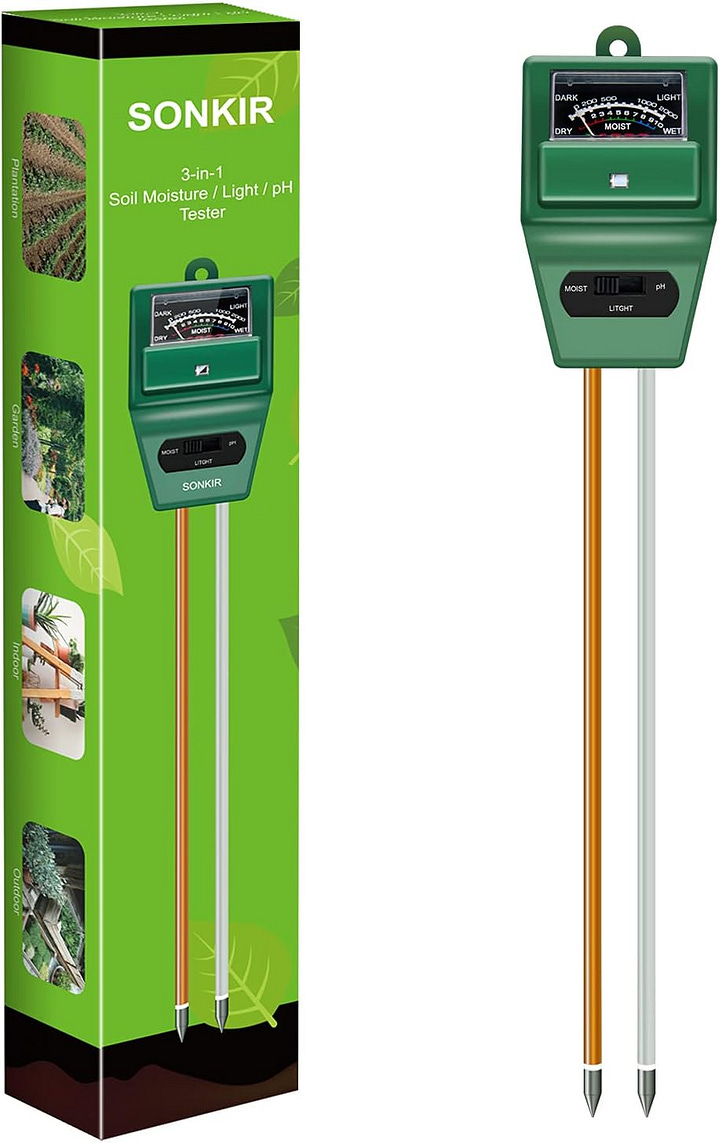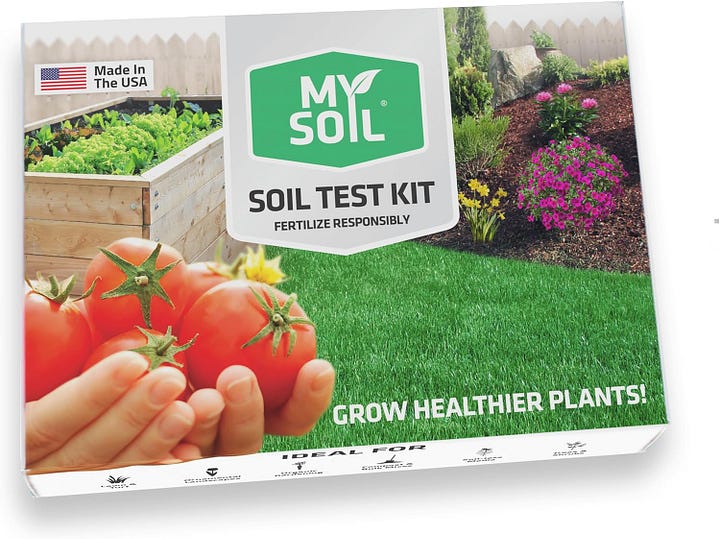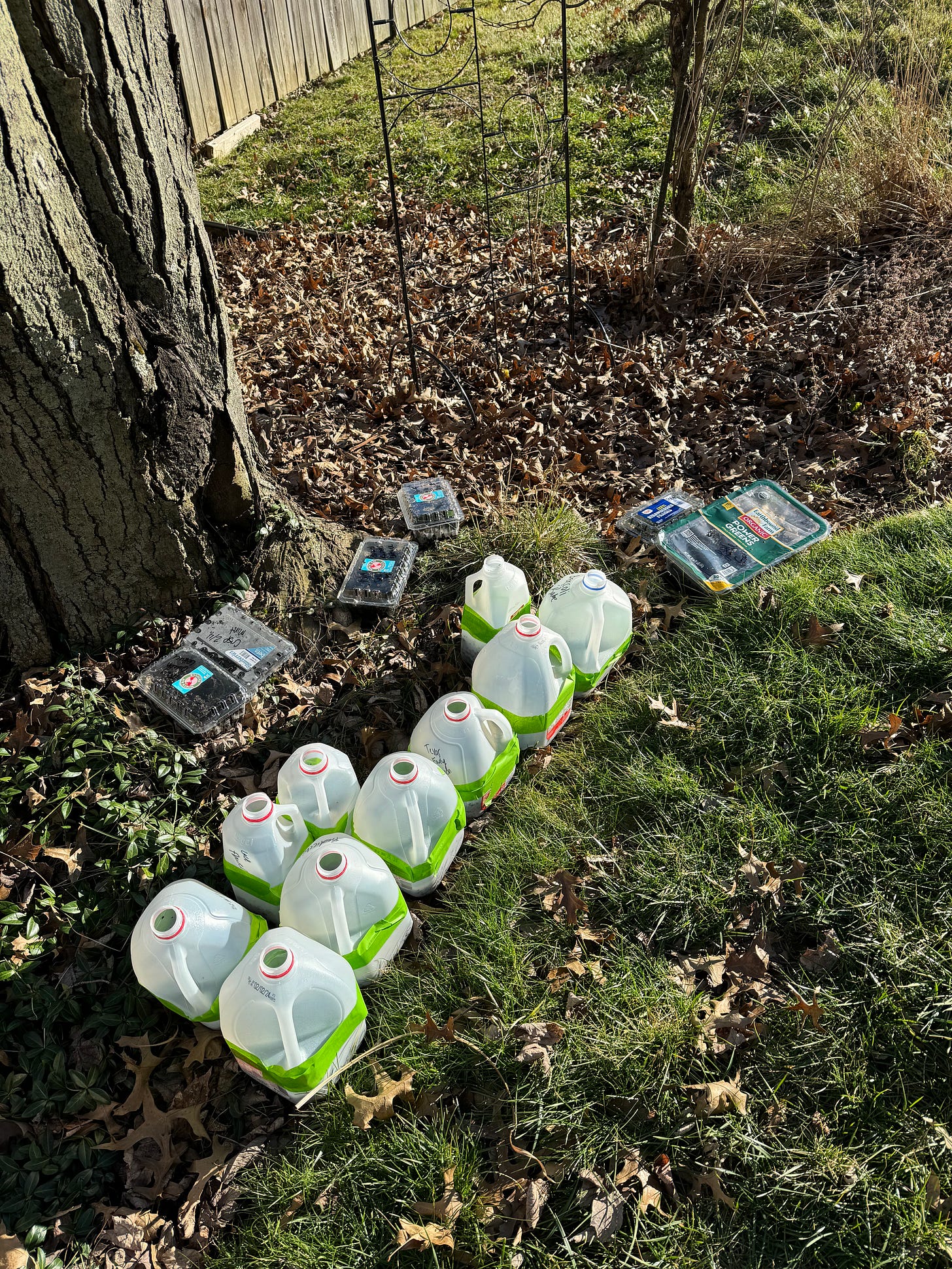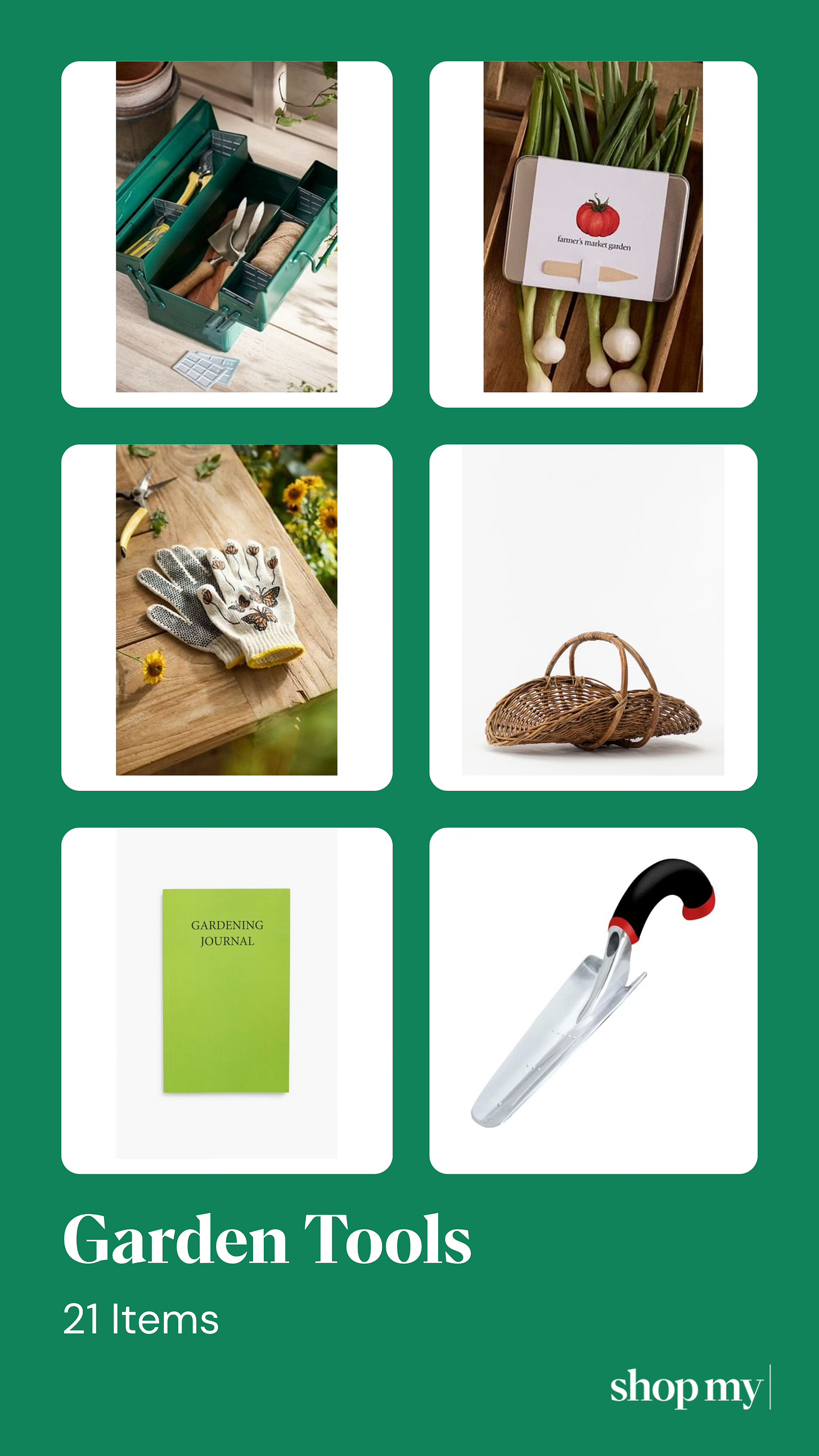Gardening Checklist: 10 Weeks Before the Last Frost Date
As winter begins to fade, it’s time to take action in your garden! At 10 weeks before your last frost date, you can start key tasks that will set the stage for a thriving season. Here’s what you need to do:
1. Expand Your Indoor Seed Starting
-
Start seeds for hardy vegetables like cabbage, kale, and chard indoors.
-
Consider using a heating mat for better germination rates.
-
Ensure seedlings get plenty of light—grow lights work best for strong growth.
2. Plan & Build Garden Structures
-
Install raised beds or trellises now so they’re ready for planting.
-
Repair or replace broken garden fencing and gates.
-
Set up cold frames or hoop tunnels for season extension.
3. Continue Soil Preparation
-
If the ground is workable, add compost or aged manure to improve soil fertility.
-
Mulch garden beds to suppress weeds and retain moisture.
-
Conduct a soil test to determine pH levels and nutrient needs.
4. Direct Sow Early Spring Crops (If Climate Allows)
-
In milder regions, begin sowing peas, onions, and spinach outdoors.
-
Use row covers to protect young seedlings from unexpected cold snaps.
-
Keep soil evenly moist to support germination.
5. Start Seeds in Milk Jugs (Winter Sowing Method)
-
Cut milk jugs in half, leaving one side attached as a hinge.
-
Fill the bottom with moist potting soil and plant cold-hardy seeds like lettuce, spinach, and broccoli.
-
Secure the top back on with tape and place the jugs outside in a sunny spot.
-
The mini-greenhouses will protect seedlings and help them grow strong before transplanting.
6. Attract Beneficial Insects to Your Garden
-
Plant early-blooming perennials such as hellebores and lungwort to support pollinators.
-
Sow cool-season flowers like alyssum and calendula to provide nectar sources.
-
Provide habitats such as bee hotels, log piles, or small water sources.
7. Start a Garden Planning Calendar
-
Outline key planting dates and tasks to stay on track.
-
Record which seeds you start and their germination success.
-
Track weather patterns to prepare for unexpected frosts.

